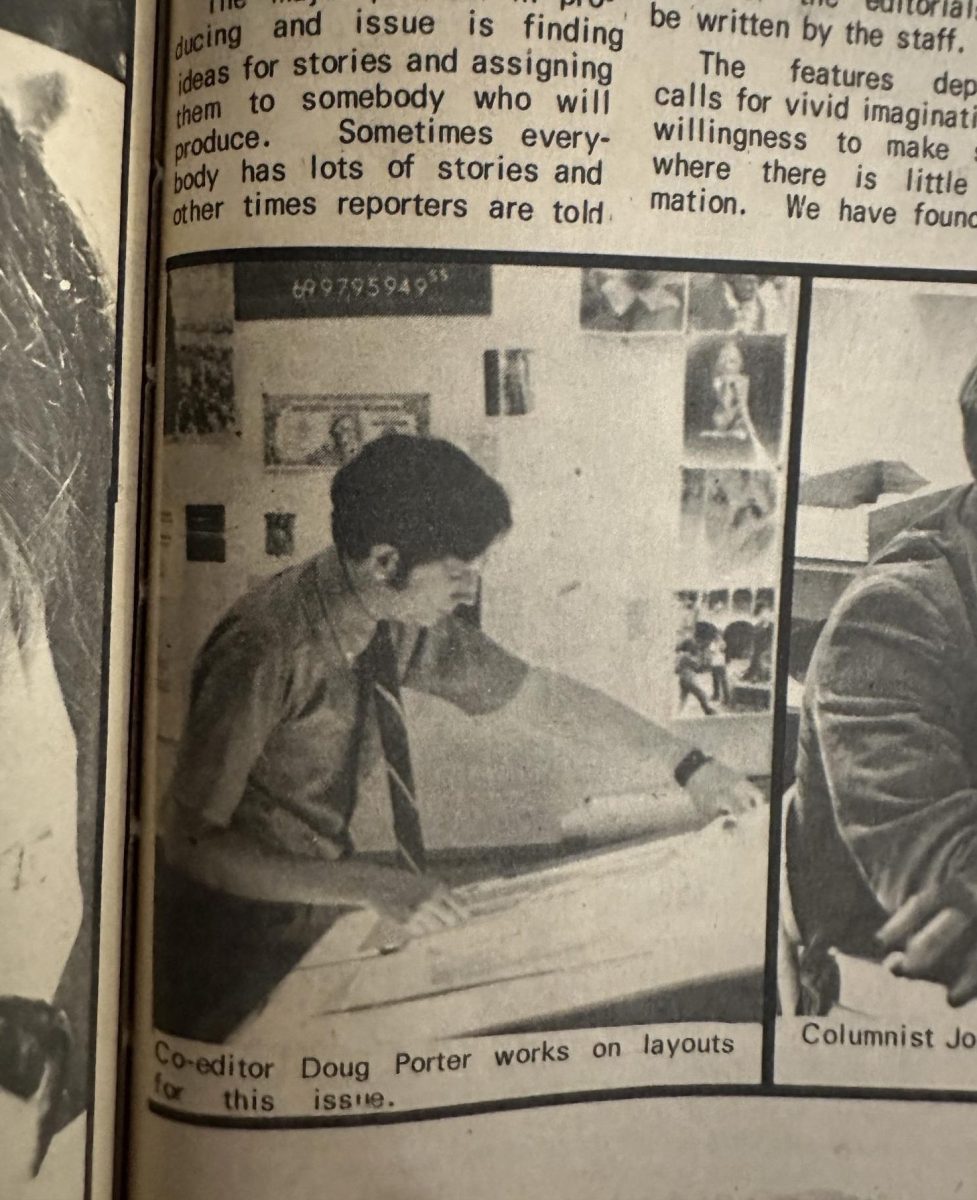In this digital age, video games are now starting to lose their stigma. “Super Mario Brothers,” “World of Warcraft,” “Halo” and “Grand Theft Auto” are now part of popular culture. Even “casual” games like “Angry Birds,” which started on the iPhone, is getting a board game and cartoon movie.
The new generation of gamers may think of video games as something modern that revolves around broadband Internet and photo-realistic graphics, but video games trace back to the late 1960s.
While some games are said to have been programmed at MIT by a few engineers, the very first home console was developed in 1967 by Ralph Baer, a television engineer.
In 1949, Baer was asked to design the best television available. Baer wanted to add a game component to his design but his bosses disliked the idea.
Almost two decades later, Baer’s idea of a game component for a television was achieved in the Brown Box, the first video game system. By the time the Brown Box was fully developed, its 12 games could be played on any standard television, some including the use of a light gun.
Baer took his Brown Box prototype and presented it to Magnavox, which created the Magnavox Odyssey, the first commercial video game console. In 1972, the Odyssey was marketed in Magnavox television dealerships.
The Odyssey allows people to play up to 12 games that feature lines and dots on screen. The system is seen as a novelty, and that as well as false rumors that it only works on Magnavox TVs are seen as the points of failure of the Odyssey.
Also in 1972, a man named Nolan Bushnell started a company called Atari. Atari had an arcade hit fairly early on with “Pong,” and in 1975, Atari sold a home version of “Pong” in Sears stores. Atari became a household name and the star of at-home gaming.
Atari knew by this point that a single game system would not last, so the company started development on a system that can play multiple games. The successful Atari 2600 was released in 1977, with a catalog of games such as “Space Invaders,” “Breakout” and “Combat.”
At about this point, things in the video game industry started to go bad. The success of Atari and a few others created a plethora of systems. Almost everything was a clone of a clone. The games were poor and expensive. Large companies such as Mattel were trying to cash in on a blooming industry.
Then a small Japanese card manufacturer came on the scene in 1985 with the Nintendo Entertainment System.
The Nintendo did many things to stand out from the crowd. First, every NES came packaged with a free game, “Super Mario Bros.” Second, Nintendo created a seal of approval that told consumers that the game they purchased met a standard of quality.
With class-A titles and a controlled experience, Nintendo almost singlehandedly saved the video game industry. Years passed, the market stabilized, and Nintendo was the dominant force in the video game market. A company called Sega became the closest rival with its Master System in 1987.
In the ’90s, video games started to evolve more quickly, moving away from 8-bit games to 16-bit games, with the Sega Genesis in 1989 and Nintendo’s Super NES in 1991. But in 1995, a new 32-bit system would come from Japanese electronics giant Sony.
The Sony Playstation was a disc-based system that was more powerful and could produce better graphics. Nintendo would counter with the Nintendo 64 the next year.
By 2001, Sony had released the Playstation 2, Nintendo the GameCube, and console-market newcomer Microsoft the X-box. All three competed directly for dominance of the home gaming market.
Their next generation of consoles arrived around 2005. Everyone today knows what a Wii and PS3 are. They know “Call of Duty,” and they still know Mario.
Over the last 30 years, video games have made appearances everywhere from films to courtrooms. Gamers are no longer nerds. They are grandmothers that need exercise. They are college students. Gamers are everywhere.







